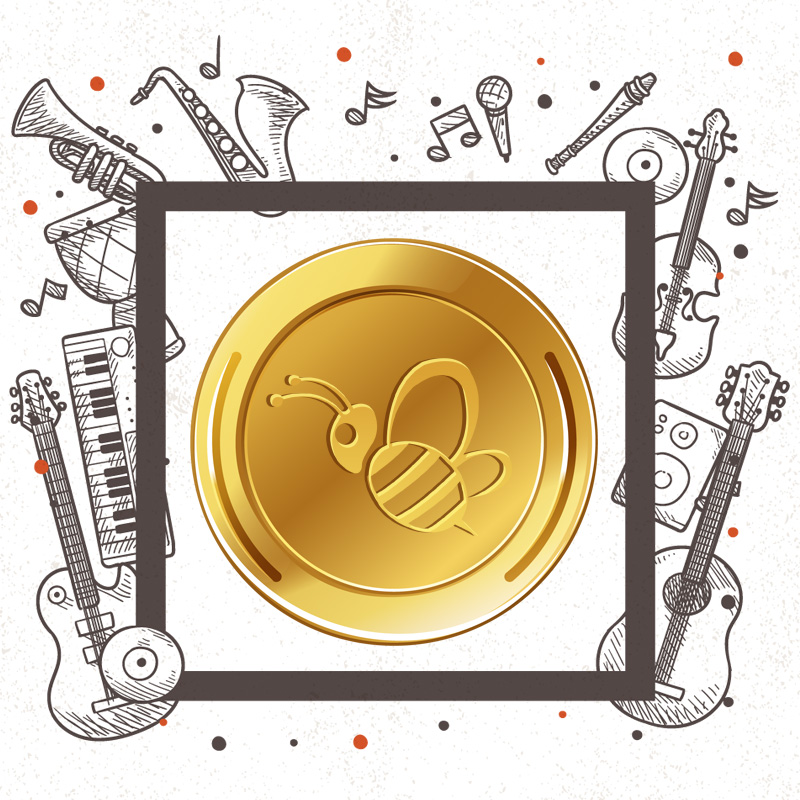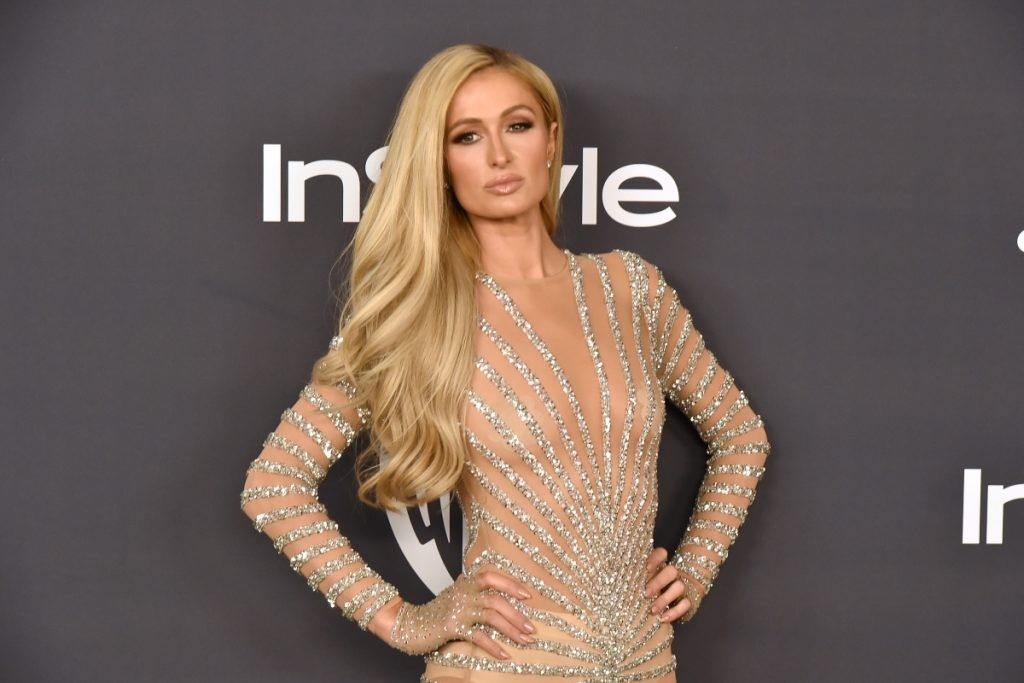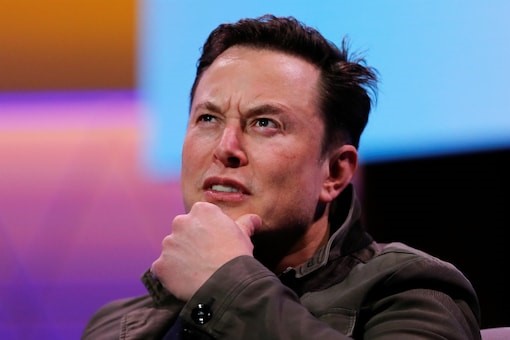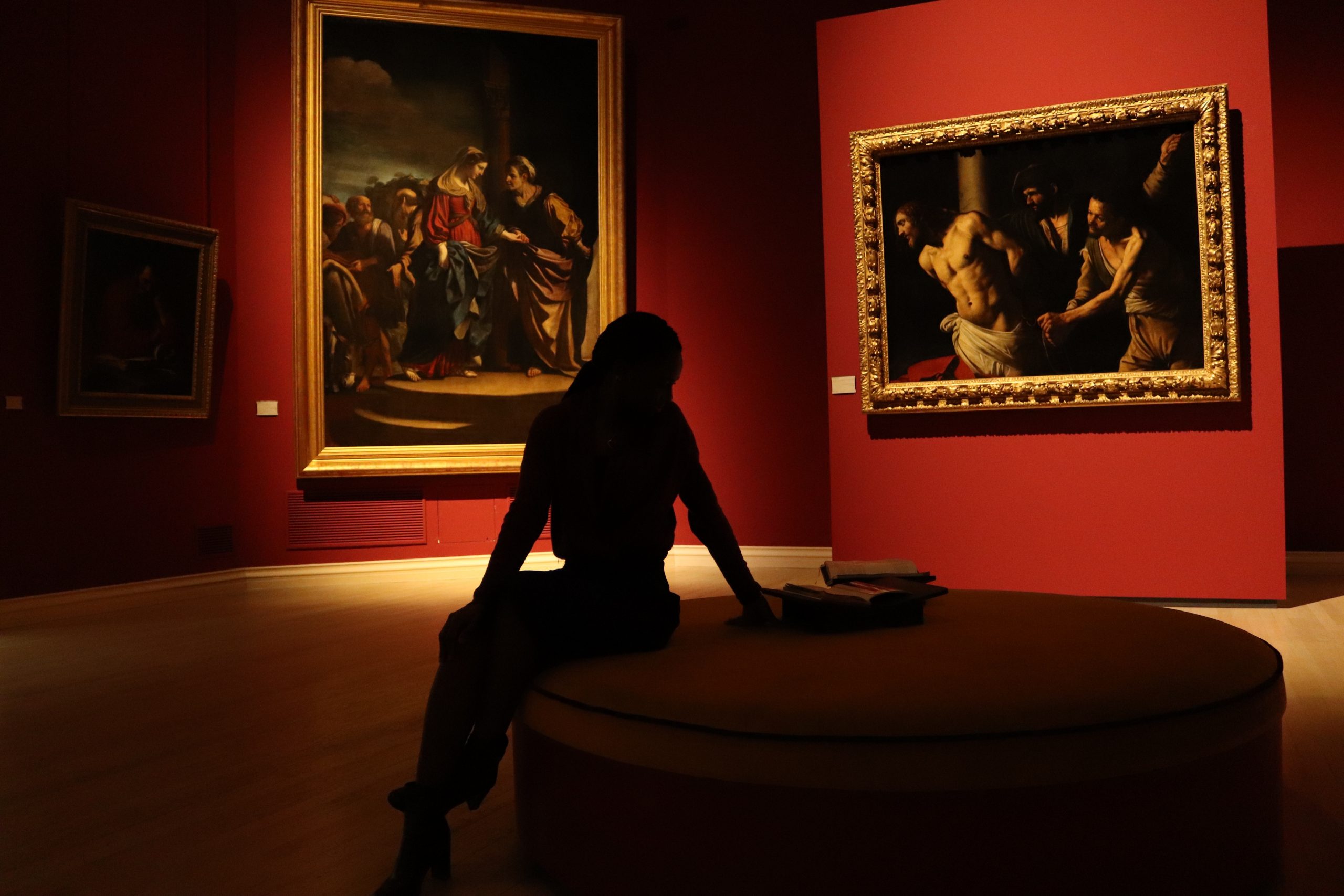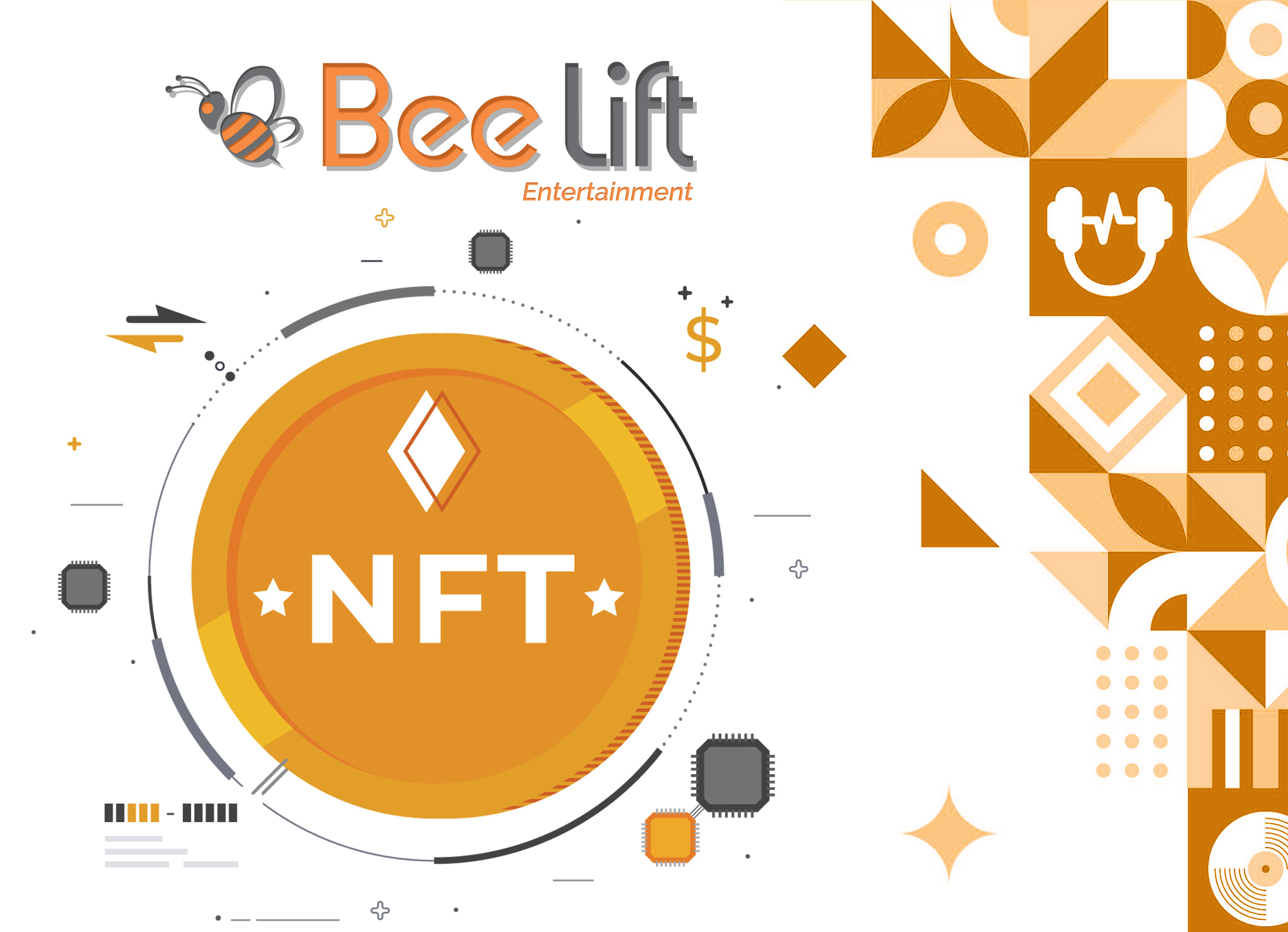NFT Payment Series: The Art World Accepts NFTs, From Famous Artists to Forgers
Welcome to the third part of PYMNTS’ series on non-fungible tokens (NFTs), the latest crypto fad.
We’ll be looking at every aspect of the NFT craze that’s sweeping the realms of art, video games, social media, fashion, and sports over the course of 12 days.
When you’re done, you’ll have a firm grip on the fundamentals of NFTs, including what they are, how they function, what they’ll be used for, what their downsides are, what you should be aware of — and scared of — and why people are willing to spend so much for them.
PYMNTS NFT Series: What Are NFTs and Why Are They Crypto’s Newest “Next Big Thing?” See also: PYMNTS NFT Series: What Are NFTs and Why Are They Crypto’s Newest “Next Big Thing?”
In March 2021, NFT artist Mike Winkelmann, better known as Beeple, sold an NFT titled “Everydays: The First 5000 Days” for $69 million during an auction at Christie’s.
The thing about that NFT auction isn’t that a someone paid $69 million for a digital collage by someone named Beeple — it’s that he doesn’t even own the copyright to the artwork. That’s something very important for buyers of art on non-fungible tokens to know, Winkelmann told CNBC a couple of days after the sale.
“I think that people don’t understand that when you buy, you have the token,” Winkelmann said. “You can display the token and show you own the token, but you don’t own the copyright.”
In fact, Winkelmann said that he had already sold one of the 5,000 works that make up “Everydays: The First 5000 Days” for $6 million two years earlier — again, without copyright.
Welcome to the wild frontier of the crypto art world, where the work of Mike Winkelmann is worth more than the work of Francisco Goya.
Another Format
Beeple may be the biggest artist by price working in NFT, but he’s far from the only one. It’s a diverse lot.
The British artist Damien Hirst, best known for his 90’s era floating sharks, sheep and other dead animals in formaldehyde, got in on the action in July with “The Currency” — a project that married 10,000 of his signature “spot” paintings, signed and printed on A4 paper, with a digital version of the work on an NFT on the ethereum blockchain.
Buyers, who spent $2,000 each, were given one year to redeem their purchase; however, they had to select one format or the other. Choose the NFT, and the paper version would be burnt. Choose the physical, and the NFT would suffer a digital version of the same fate.
London-based artist Ben Gentilli sold his physical art/NFT works in pairs, but may have gotten in on the NFT art train a bit too early. His “Portraits of a Mind” featured a collection of 40 circular panels which together are engraved with all 12.3 million digits in Satoshi Nakamoto’s original code for Bitcoin.
The panels, which resemble oversized records, were paired with NFT images of that disc on a hardware wallet. The image changed depending when it was viewed and where, with day and night depending on the time zone it’s located in. Christie’s sold that too, in October 2020, with Disc 21 selling for $131,250 — nearly eleven times its estimate.
Fewocious, a transgender artist, was just 17 when he sold his first NFT work in December 2020. It was bought by crypto evangelist and Morgan Creek Digital Assets founder Anthony Pompliano on Nifty Gateway, an NFT marketplace owned by cryptocurrency exchange Gemini. Within a year, Fewocious had sold $17 million worth of his art.
All of that artwork has a living creator. However, the richest NFT “artist” — by far — is the artificial intelligence (AI) that creates programmable, on-demand generative artworks at Art Blocks. In English, that means that artists create a “seed” work and “define” an algorithm that randomly generates works based on the seed art.
By sales volume, Art Blocks is the fourth-largest NFT project, with 277,242 sales and resales of works having more than $1.3 billion in sales. That only puts it behind play-to-earn game Axie Infinity and the avatars of Bored Ape Yacht Club and CryptoPunks.
See also: Metapunks Launches Public Sale of NFT Metaverse Avatars
Big Names
For all of that, NFTs have a place in the art world as something other than a medium.
Provenance of goods of any kind is a huge sector in blockchain, with companies like Walmart, Ford and the World Wildlife Federation tracking leafy greens along the supply chains, verifying that cobalt mined in the Congo is sourced humanely, and confirming that tuna sold in New Zealand was sustainably sourced. Art, with a long history of forgeries and questionable ownership provenance, is a natural field.
Christie’s jumped on the blockchain bandwagon early, before NFT art was something it would consider selling. In November 2018, the famed auction house sold a collection of American Mondernist artists, including the works of Edward Hopper, Willem de Kooning, Jackson Pollack and Georgia O’Keeffe, for $323.1 million.
Those sales were recorded on a blockchain for purposes of provenance by Artory, a registry of artwork that partnered with Christie’s to create NFTs listing the sale of each work. Artory, working with experts to verify the works it records, also raised $4.5 million in September in a funding round led by Borderless Capital.
Big Lies
However, when it comes to NFT art, “verify” is the word worth remembering in that last paragraph. Just because an NFT is claimed to have been minted by the artist that created it doesn’t mean it was.
The strength of blockchain is that it is immutable — once a transaction is uploaded onto a block and written onto the blockchain, it cannot be changed or reversed. Frequently, the parties also know each other only by often-anonymous wallet addresses.
On Dec. 13, digital artist and character designer Lois van Baarle tweeted about her experiences after searching her name on a top NFT marketplace and finding “132 instances where my art was minted as NFTs without my permission.”
She said that, “apparently the only way to get them removed is by writing individual emails for each listing, which I literally don’t have the time for.”
Describing herself as “shaking with anger,” van Baarle said that “NFTs are supposedly about authenticity but these platforms … do less than the bare minimum when it comes to making sure that the images are being uploaded by their ORIGINAL CREATORS.”
Saying she doesn’t have time to spend every week to “play whack-a-mole” with her work on a medium she does not use, van Baarle ended by saying, “I feel powerless. If you find my work minted as an NFT anywhere, please be aware that it’s theft.” And remember, she’s not the only one being robbed in the transaction.
However, in that last paragraph, “verify” is the word to remember when it comes to NFT art. It does not follow that an NFT was minted by the artist who made it.
The immutability of blockchain is its strength; once a transaction is uploaded to a block and published to the blockchain, it cannot be modified or reversed. Frequently, the parties only know one other by their wallet addresses, which are often anonymous.
